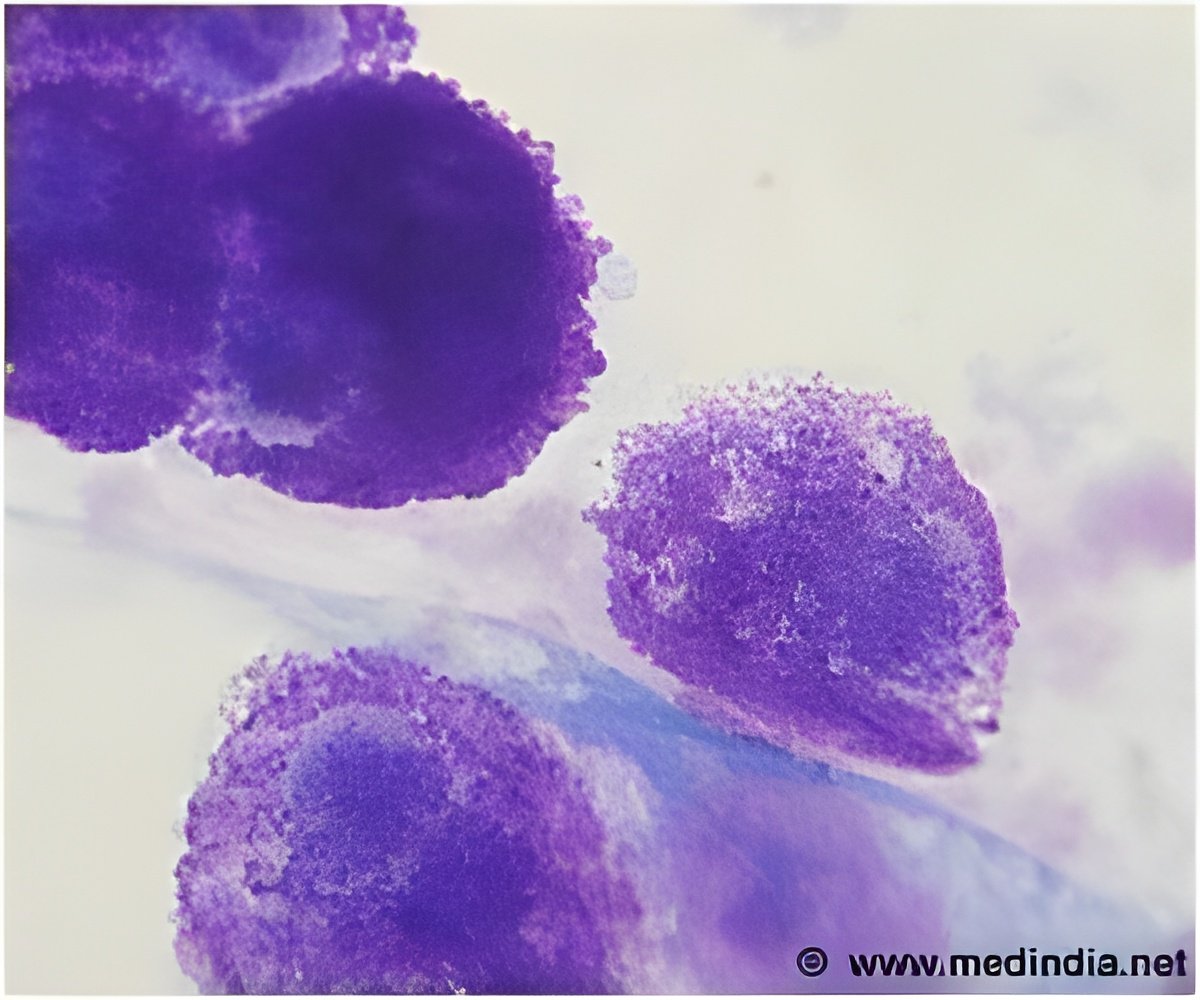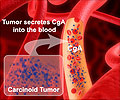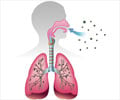
"We wanted to learn more about how KP1019 works on a cellular level, and how the drug acts on yeast cells can be indicative of how it will perform on mammalian cells," said Pamela Hanson, associate professor of biology at Birmingham-Southern College in Alabama. "Besides the economic advantages, there are good scientific reasons to work with yeast, including the abundance of yeast genetic and genomic tools."
In past research, KP1019 has been shown to inhibit ovarian tumor cell production, cause death of colon cancer cells and reduce overall tumor size.
Along with testing the hypothesis that yeast could be a good model system for studying KP1019, researchers wanted to identify how the drug was internalized by cells. KP1019 was taken up within two hours and caused a dose-dependent increase in cell death. It was also found to delay cell proliferation within one hour, most likely the result of KP1019 binding to and damaging DNA.
"More research needs to be done on how KP1019 is internalized," said Hanson. "We suspect that the drug enters cells through more than one route."
Previous studies showed that this drug entered cancer cells, at least in part, through the transferrin-mediated iron-uptake pathway; however, yeast does not contain this specific pathway. Therefore, there must be other means for this drug to enter cells.
Advertisement
Source-Eurekalert














